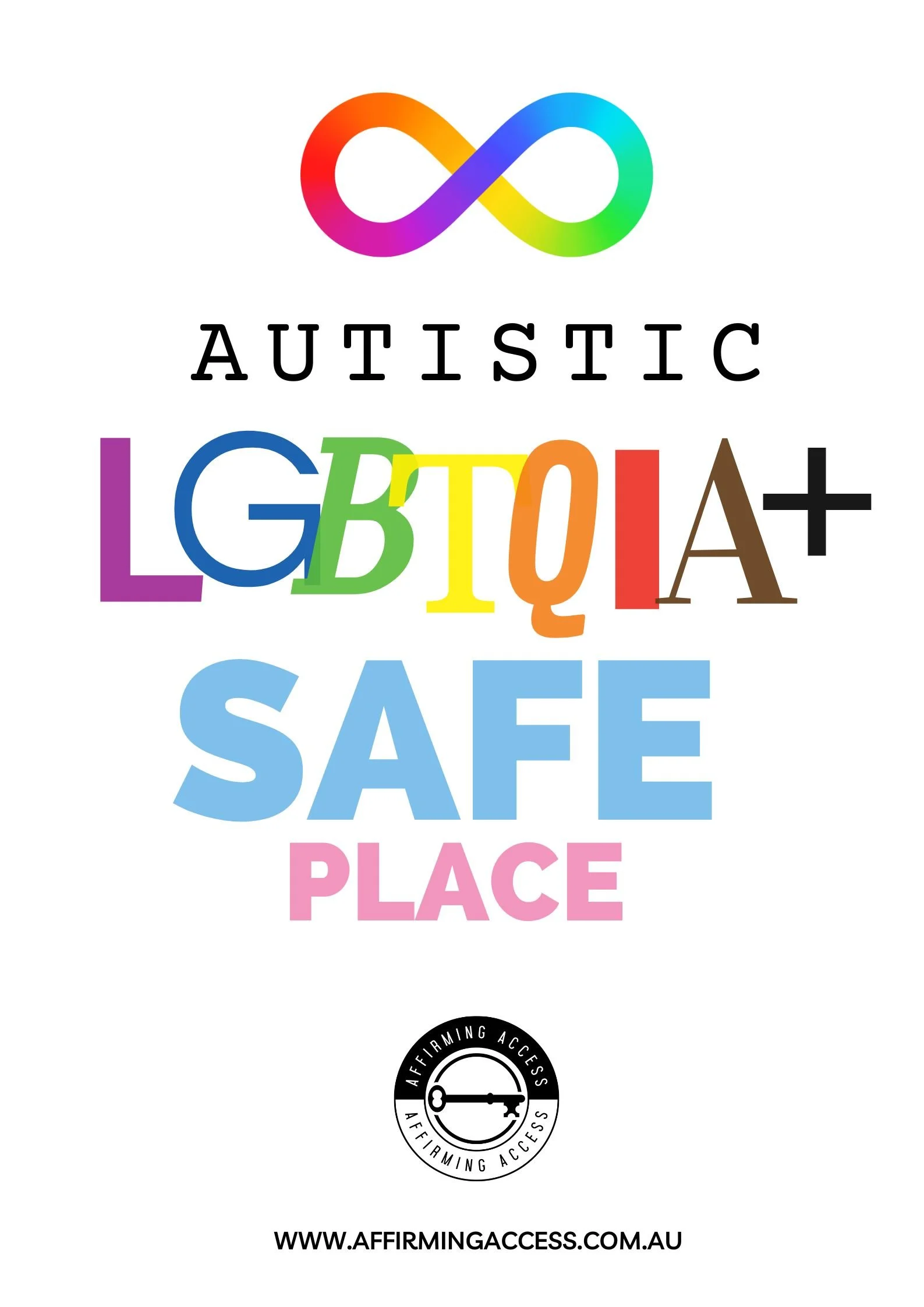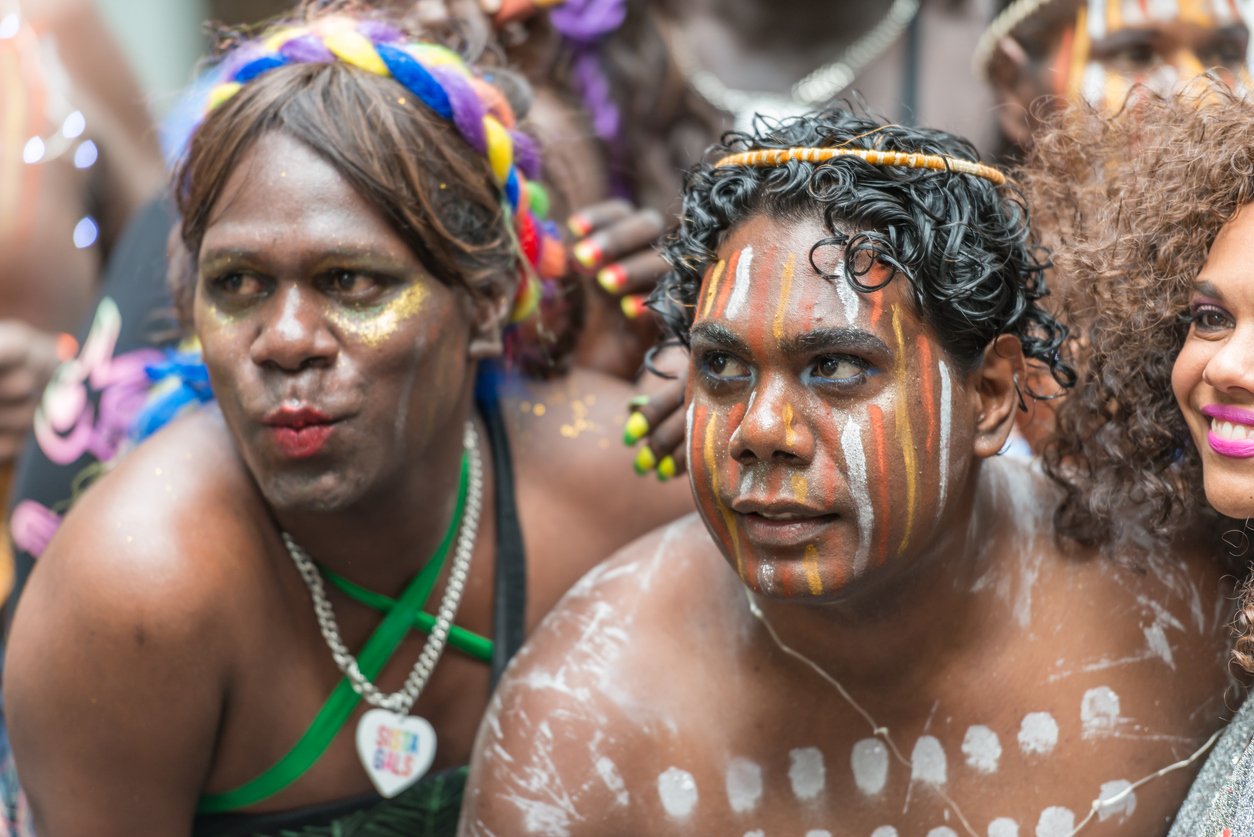Who Are Brotherboys and Sistergirls? Brotherboys are Aboriginal and Torres Strait Islander people who were assigned female at birth but identify and live as male. Sistergirls are Aboriginal and Torres Strait Islander people who were assigned male at birth but identify and live as female. These identities are not new — they have always existed in First Nations cultures. For Brotherboys and Sistergirls, their gender identity is closely tied to their culture, family, and traditional roles. This is different from how Western cultures often understand being transgender.
Cultural and Historical Background. In many Aboriginal and Torres Strait Islander cultures, gender diversity was always recognised and respected. Before colonisation, gender-diverse people often had special roles in their communities. Colonisation brought harmful ideas about gender and tried to erase these roles. Today, Brotherboys and Sistergirls can face racism, transphobia, and rejection — both from mainstream services and sometimes even within their communities. This can make it more difficult for them to obtain the support they need.
Health and Wellbeing Challenges. Brotherboys and Sistergirls often face poor mental health due to discrimination and trauma. Many don’t feel safe using health or support services because the workers don’t understand their culture or gender identity.
NDIS providers must offer support that is:
Culturally safe (respectful of their culture)
Trauma-informed (aware of past harm)
Identity-affirming (respecting who they are)
How NDIS Providers Can Offer Better Support
Focus on Strengths: Brotherboys and Sistergirls are strong, wise, and connected to culture. Don’t focus on what they can’t do — focus on what they bring to their communities.
Create Culturally Safe Spaces: Work with First Nations LGBTQIA+SB organisations. Make spaces where culture and gender diversity are both respected.
Support Kinship and Community: Many Brotherboys and Sistergirls rely on chosen family and community support. NDIS plans should include time and funding for connecting with community and peer groups.
Use Trauma-Informed Care: Understand that many have been hurt in the past by racism or transphobia. Be kind, respectful, and aware of these experiences.
Support Gender-Affirming Care: Help clients access hormone therapy, surgery, and mental health support if they want it — and make sure this care is culturally appropriate.
Also Important:
Train staff to understand how trauma, gender identity, and neurodivergence can overlap.
Offer flexible ways to communicate — like visuals, plain language, or yarning.
Make sure neurodivergent First Nations LGBTQIA+SB people help design and review services.
Real-Life Example: A youth service creates a “Cultural and Neurodivergent Sensory Profile.” This lets autistic First Nations LGBTQIA+SB clients share their communication needs, sensory preferences, and cultural background. It helps staff know how to support them in a respectful and personalised way.
-

CLICK TO DOWNLOAD
-

CLICK TO DOWNLOAD
-

CLICK TO DOWNLOAD

